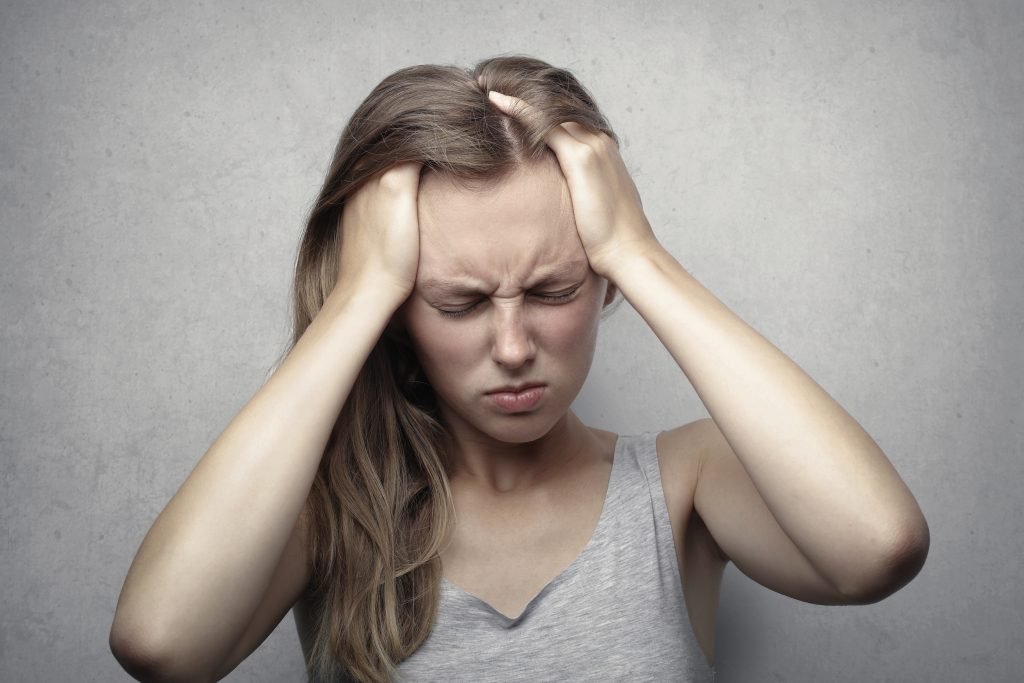In Africa, sleeping sickness has resurfaced. The few medications now approved to treat this disease, which is caused by parasite protozoa of the Trypanosoma brucei group, are being hampered by adverse side effects and treatment resistance. Before parasites emerge in the central nervous system, pentamidine and suramin are utilized. The major medicine used to treat late-stage sleeping sickness caused by Trypanosoma brucei subspecies is melaminophenyl arsenical Melarsoprol.
A trivalent organic arsenical Melarsoprol is used to treat trypanosomiasis (sleeping sickness). It is, however, a highly hazardous substance, and its usage has been abandoned in all stages of sleeping sickness except microencephalitic. Pentamidine and suramin, for example, are substituted.
Melarsoprol Mechanism of Action
Melarsoprol works by inhibiting energy production in the parasite. It binds irreversibly with the sulfhydryl groups on protein kinase. As a result, this enzyme is inactivated, and parasite glycolysis is disrupted. Many of the harmful effects of melarsoprol are due to sulfhydryl groups in other proteins reacting with arsenicals.
Melarsoprol Pharmacokinetics
Route of Administration
Melarsoprol is administered with a gradual intravenous (IV) injection. As the drug is extremely irritating to tissues, and additional precautions must be taken to avoid extravasation.
Melarsoprol Distribution
The medication concentration in the cerebrospinal fluid (CSF) is 2–20 percent of plasma levels, which is enough to produce trypanocidal effects.
Metabolism
Melarsoprol is quickly metabolized to various trypanocidal substances in the body (possibly melarsen oxide).
Elimination
Melarsoprol is quickly excreted from the body through the kidneys.
Melasoprol Side Effects
- PTRE (Post-treatment reactive Encephalopathy) occurs in 5-10 percent of the patients treated with an above-mentioned drug, which may involve the following consequences
- Mental deterioration
- Headache
- Tremors
- Difficulty in speech
- Coma
- Convulsions
- Death
- Fever
- Chest pain
- Abdominal pain
- Vasodilation
- Disturbances of the smelling sense
- Herxheimer-like reaction
- Diarrhea
- Jaundice
- Conjunctival infections

Melarsoprol Contraindications
The drug is contraindicated in patients with
- Known hypersensitivity
- Severe hemolytic reactions (Glucose-6-phosphate dehydrogenase deficiency patients)
- Renal impairment
- Hepatic insufficiency
- Hypertension
- Arrhythmias
- Myocardial ischemia
- Heart failure
- Epilepsy
- Neuropathy
- Leprosy
Melarsoprol Uses
The drug is used to treat African sleeping sickness also known as African Trypanosomiasis.
Why is Melarsoprol Toxic?
Melarsoprol works by binding with the sulfhydryl groups of protein and inactivating enzymes as a result of this nonspecific action. This mechanism is also responsible for the drug’s toxicity. Melarsoprol is extremely dangerous. It irritates tissues, and extravasation must be avoided by using a fine gauge needle. Fever is a regular occurrence. Reactive encephalopathy usually develops within the first 3–4 days of treatment which affects up to 18% of patients and can be lethal.
What is Suramin?
Suramin is a drug classified as an anti-protozoal drug, that is used to treat T.b. gambiense and trypanosomiasis.
How Much Does Melarsoprol Cost?
A study conducted to estimate the cost-effectiveness of Eflornithine in comparison with Melarsoprol shows to treat the second stage of African Trypanosomiasis showed the following results:
- Cost per patient $504.6
- Cost per life saved $527.5
What is Trypanosomiasis Disease?
How someone gets infected with African sleeping sickness?
Micro-parasites of the species Trypanosoma brucei cause African Trypanosomiasis, commonly known as “sleeping sickness.” The tsetse fly (Glossina species), which is only found in Sub-Saharan Africa, transmits the disease. In endemic countries, the tsetse flies that spread African trypanosomiasis can be found in rural areas.
African Trypanosomiasis disease course of progression
Sleeping sickness infection occurs in two phases: initially, the parasites are identified in the lymphatic system as well as in the blood, then the parasites infiltrate the central nervous system (CNS) in the second stage.
Sleeping sickness symptoms
Symptoms of sleeping sickness include severe headaches, irritability, intense weariness, fever, swollen lymph nodes, and painful muscles and joints. Some people get a rash on their skin. After the disease has infected the central nervous system, it causes progressive disorientation, personality changes, and other neurologic disorders (second stage). If the sickness is not addressed, it will worsen and eventually lead to death in a few months.
Consult your health care practitioner right away if you suspect you have African trypanosomiasis. Several tests may be used to detect the parasite such as,
- Skin biopsy of the chancre
- Blood tests
- Spinal tap
For African trypanosomiasis, there is no curative test.
Melarsoprol Brand Names
Arsobal (It is not commercially available in the US)
References
http://www.antimicrobe.org/drugpopup/Melarsoprol.htm

